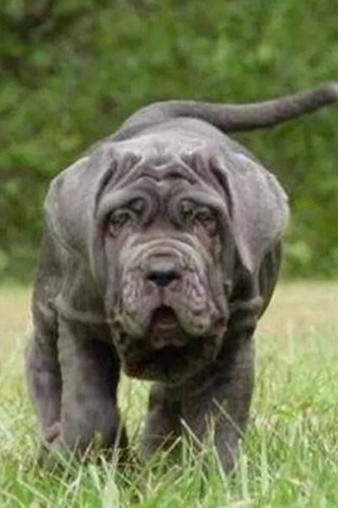Tibetan Spaniel (Tibetan Mastiff, Palace Dog, Prayer Dog, Sleeve Dog)

Tibetan Spaniel
Tibetan Mastiff, Palace Dog, Prayer Dog, Sleeve Dog
Basic Information
- Category: Pet Dog
- Origin: Tibet
- Body Type: Small
- Height: 25-27 cm
- Hair Length: Long-haired
- Lifespan: 12-14 years
Ratings
| Trainability | ⭐️⭐️⭐️⭐️ |
| Affection Level | ⭐️⭐️⭐️ |
| Barking Level | ⭐️⭐️⭐️ |
| Shedding Level | ⭐️⭐️⭐️ |
Breed Introduction
The Tibetan Spaniel is a small, lively, and alert dog. It has a very well-proportioned appearance. Cheerful and confident, it is very intelligent and tends to avoid strangers. The Tibetan Spaniel is confident and has a strong independence, making it a very good choice as a companion dog.
The Tibetan Spaniel, commonly referred to as the ‘Sleeve Dog’, originates from Tibet in the Himalayas and is one of the ancient dog breeds in China, also known for its mysterious qualities. It was later introduced to the capital from Tibet and raised in the Qing Dynasty royal palace, hence it is also called the Palace Dog. This dog has an independent and confident personality, making it a satisfying companion dog.
The Tibetan Spaniel is an indigenous breed in China that is in urgent need of rescue, with purebreds now being quite rare and currently in an endangered situation. The history of the Tibetan Spaniel traces back to ancient Tibet, where it was used as a monk’s companion or pet, and now is only regarded as a companion dog. This dog can live up to 13-14 years, weighing between 4-7 kg and standing 24.5-25.5 cm tall.
The Tibetan Spaniel is an ancient breed that is believed to have appeared as early as the 7th century, raised by Tibetan lamas. Although called a spaniel, the Tibetan Spaniel has never participated in hunting. Legend has it that this dog was used for prayer, possessing high intelligence, trained to assist monks in turning prayer wheels, and served as a companion dog for monks, helping them guard their homes, always following the monks around prayer carts covered with sheep parchment. For centuries, they have been companion dogs in monasteries and are also kept as ornamental dogs.
Anatomically, they are similar to the Pekingese, and this long-legged, long-faced Tibetan Mastiff rarely suffers from respiratory or back diseases. This dog is independent and confident, making it a satisfying companion dog. A breed very similar to the Tibetan Spaniel has existed in present-day South Korea since the 8th century, but it is not very clear whether it originated from Tibet.






